A feeler gauge is a precision measurement tool used to measure gap widths or clearances between two parts. It consists of a set of thin metal strips (blades) of varying thicknesses, each labeled with its specific measurement. These blades can be used individually or in combination to measure the size of a gap accurately. Here are the primary purposes and uses of a feeler gauge:
Measuring Clearances: Feeler gauges are primarily used to measure the gap or clearance between two parts. This is essential in ensuring proper fitting and function in mechanical assemblies. Common applications include measuring the clearance between engine components, such as the valve tappets and rocker arms, or between a spark plug and the ignition coil.
Checking Tolerances: In manufacturing and engineering, maintaining precise tolerances is crucial. Feeler gauges help check if the gap or clearance is within the specified tolerance range, ensuring that parts fit and function correctly.
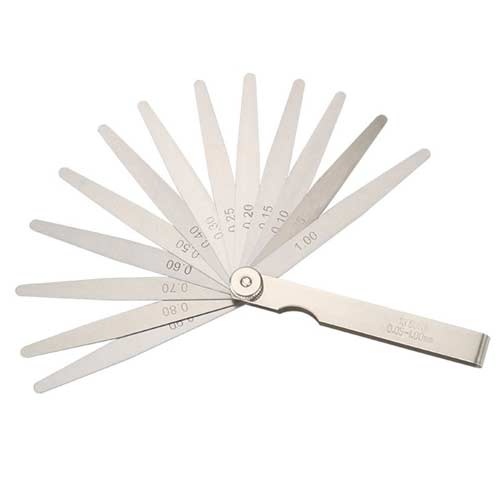
Adjusting Components: Feeler gauges are used to adjust components to achieve the desired clearance. For instance, in automotive maintenance, they are used to set the correct valve clearance in an engine to ensure efficient performance and prevent damage.
Calibration and Alignment: They are also used in calibration and alignment processes. For example, during the alignment of machine parts, a feeler gauge can verify that components are parallel and correctly spaced.
Testing and Inspection: In quality control and inspection processes, feeler gauges help verify that assembled parts meet design specifications. This ensures product quality and reliability.
Overall, the feeler gauge is an essential tool in various fields, including automotive repair, machining, manufacturing, and engineering, providing precise measurement and ensuring proper assembly and maintenance of mechanical systems.
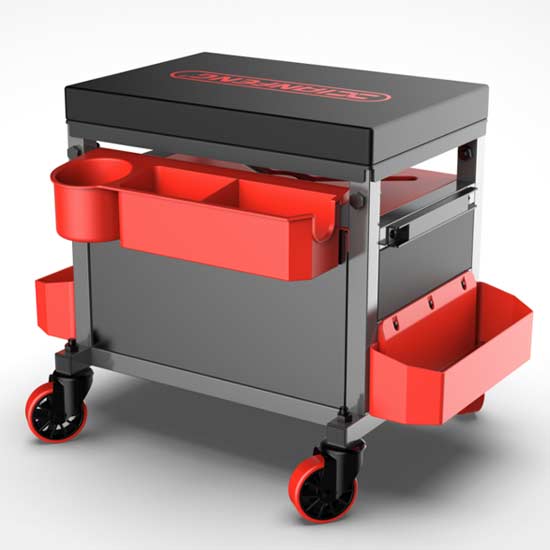 Tool seat
Tool seat
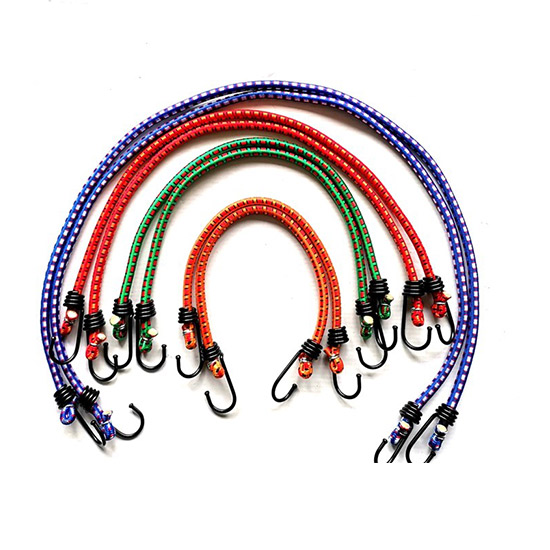 Stretch Cord
Stretch Cord
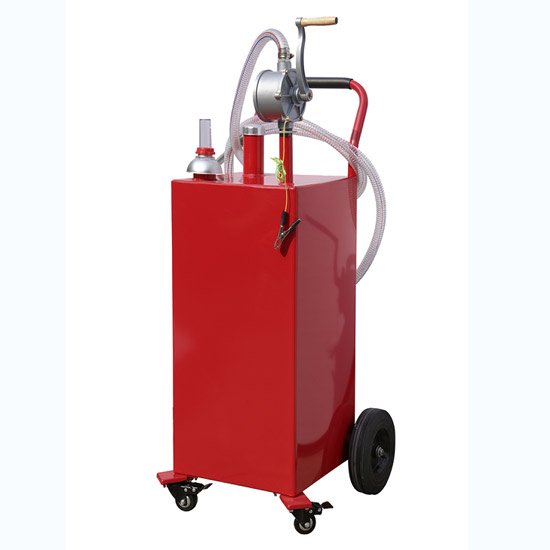 Oil Pump
Oil Pump
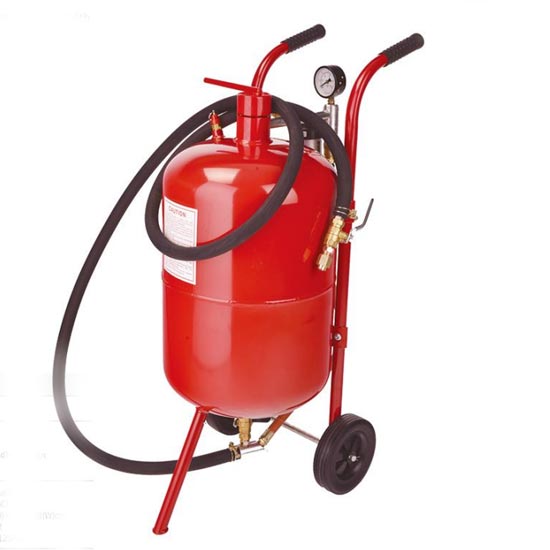 Sandblast Pot
Sandblast Pot
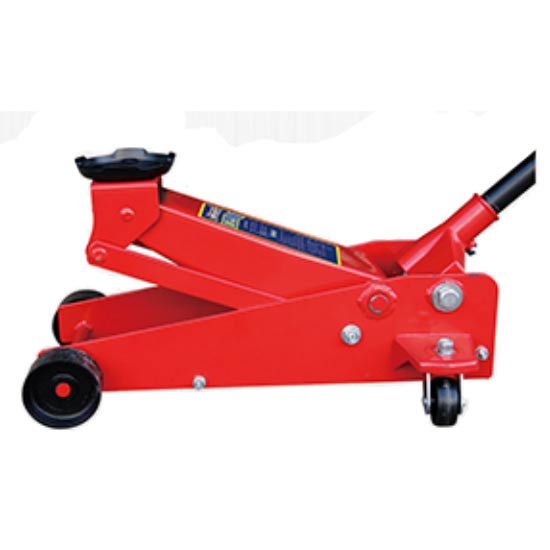 2.25 Ton Hydraulic Floor Jack
2.25 Ton Hydraulic Floor Jack
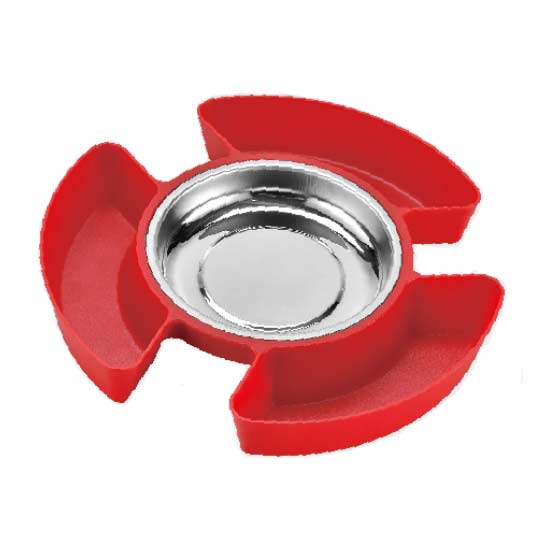 Magnetic Tray With Tool Plate
Magnetic Tray With Tool Plate
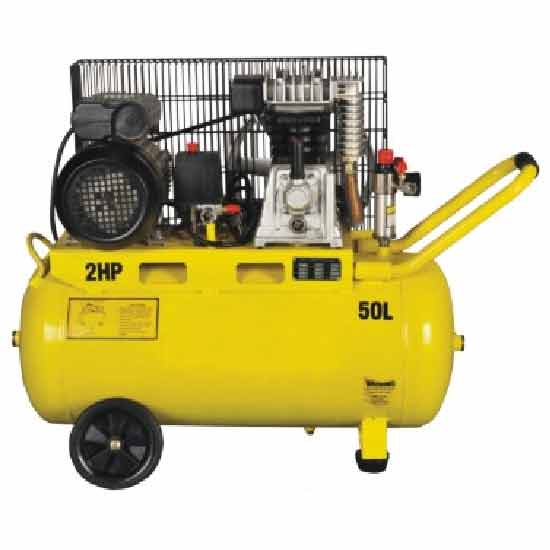 Single-stage Air-cool Movable Air Compressor
Single-stage Air-cool Movable Air Compressor
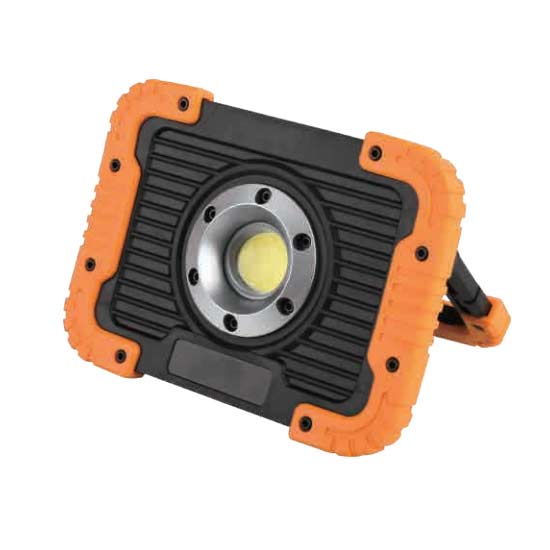 10W Rechargeable Led Flood Light
10W Rechargeable Led Flood Light
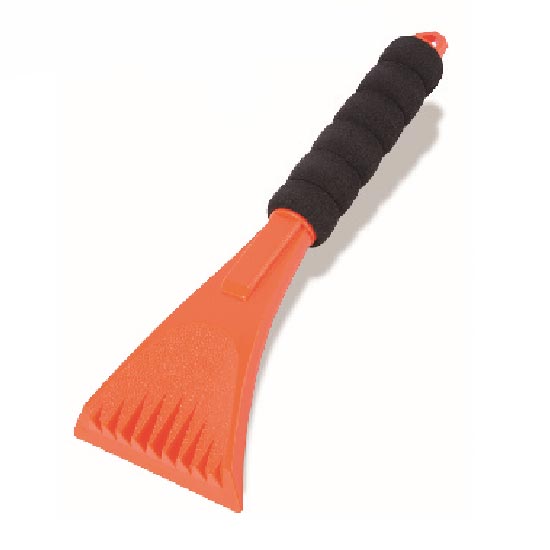 Ice Scraper
Ice Scraper
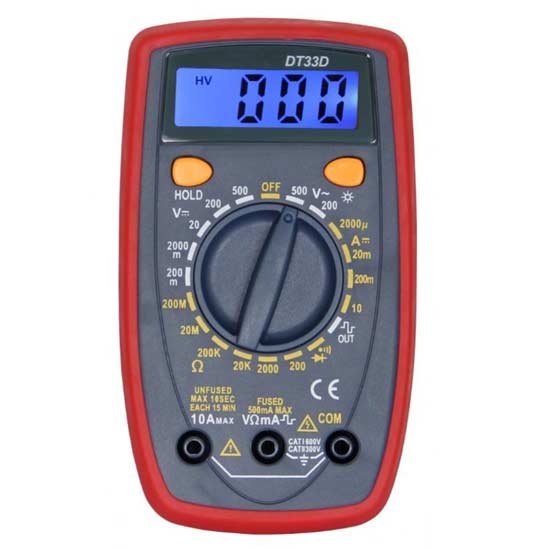 Small Multimeter with Backlight
Small Multimeter with Backlight
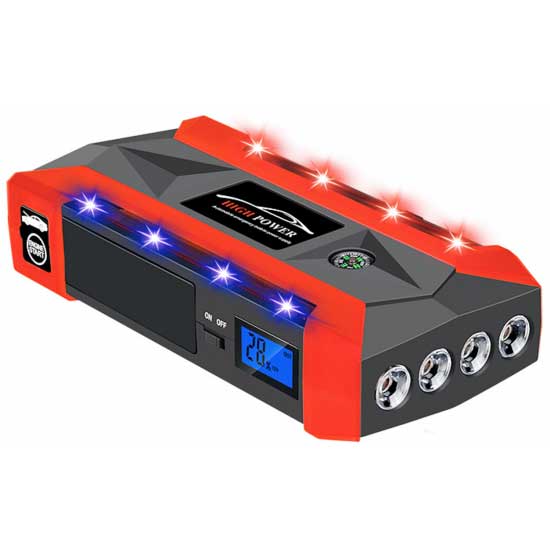 Jump Starter With 4 Led Lights
Jump Starter With 4 Led Lights
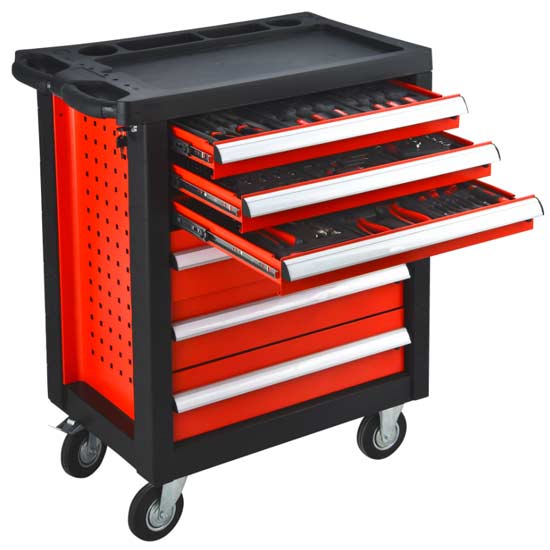 Steel Tool Cabinet
Steel Tool Cabinet
 Large Tool Cabinet
Large Tool Cabinet
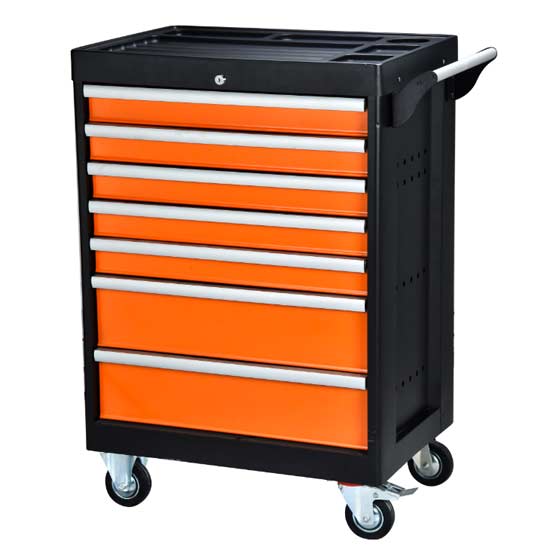 Tool Storage Cabinet
Tool Storage Cabinet
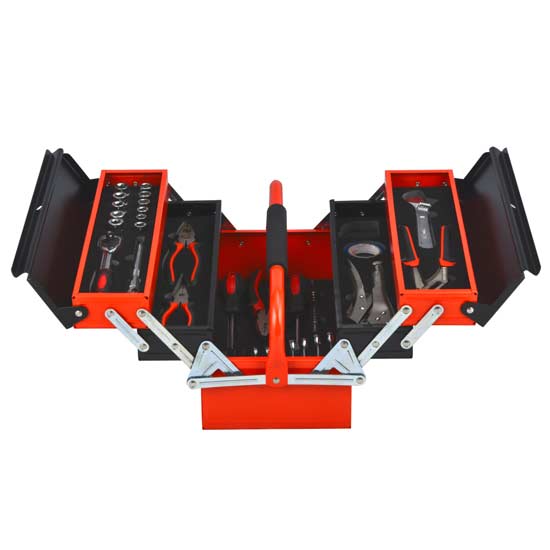 Metal Tool Box
Metal Tool Box
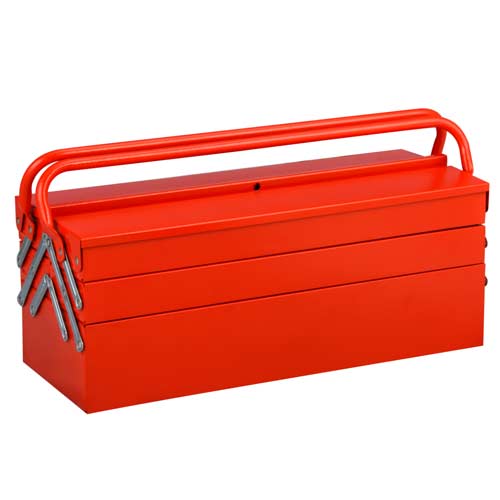 Large Metal Tool Storage Box
Large Metal Tool Storage Box
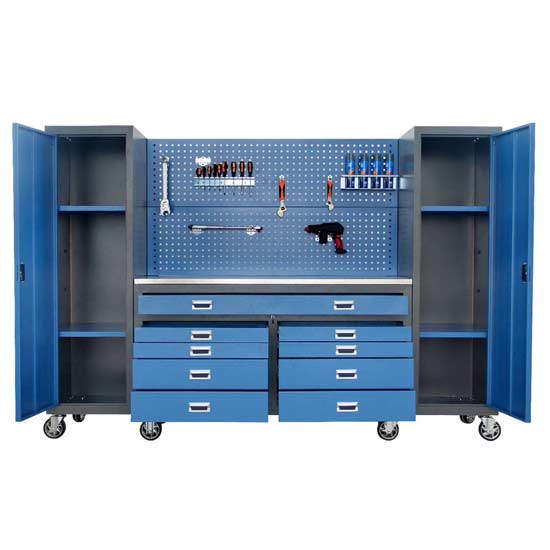 Blue Metal Tool Cabinet
Blue Metal Tool Cabinet
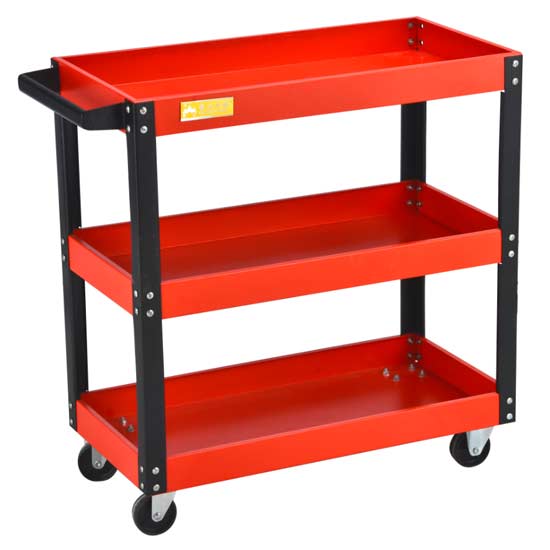 Red Steel Tool Trolley
Red Steel Tool Trolley
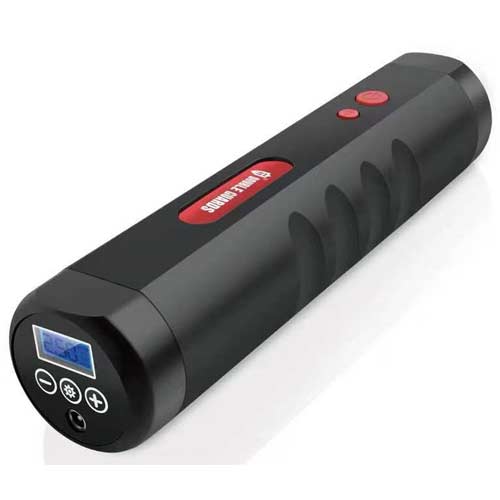 Portable Tire Inflator
Portable Tire Inflator
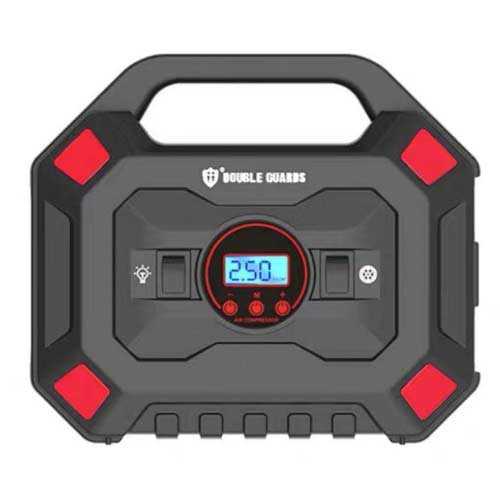 Custom Tire Inflator
Custom Tire Inflator
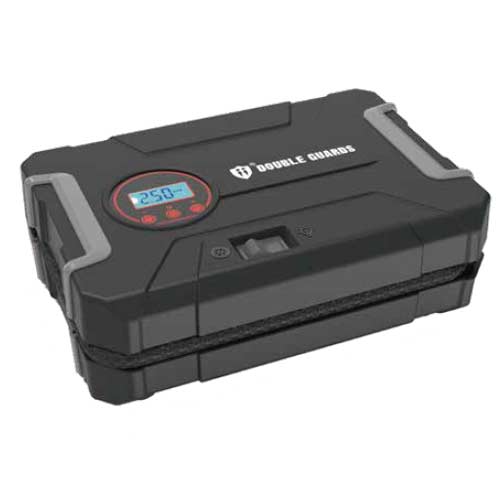 Tire Pressure Pump
Tire Pressure Pump
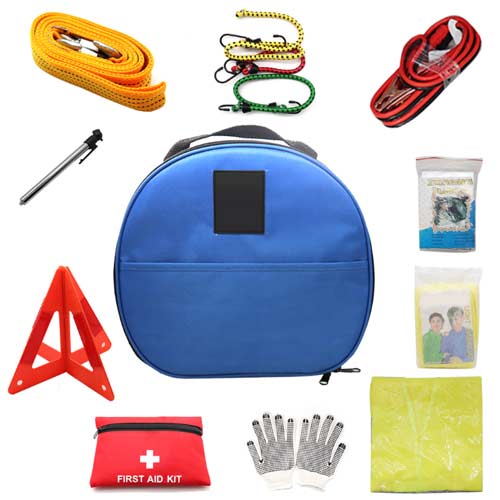 Auto Emergency kit
Auto Emergency kit